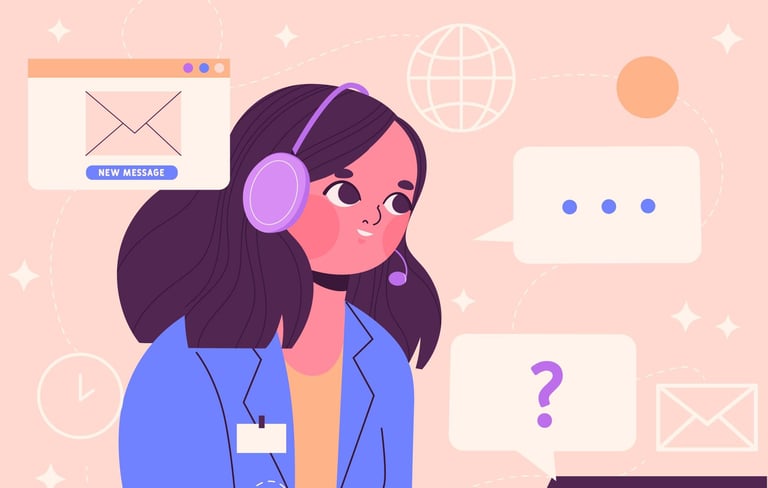Agents' After Call Work


I conducted a discovery study to understand how agents handle after-call work, with the goal of uncovering unmet needs and opportunities for improving after-call workflows.
Goals & Objectives
To unify the after-call-work features and improve the whole after-call work experience for agents.
Success looked like simplifying the after-call-work process by bringing scattered features into a single, intuitive flow. This would improve efficiency for agents, reduce errors, and create a more consistent experience across different tools.
Overview
Role: UX Researcher
Contributions: planned study, conducted interviews, synthesized findings, and delivered recommendations.
Method: Moderated interviews with customer support agents
Hard screening criteria: handling calls, helping customers
Key Findings
ACW happens during calls. Agents often complete tasks while still engaged in conversations, which means support tools must work seamlessly in parallel with live interactions.
Time pressure shapes behavior. Agents have only a few seconds or minutes to complete required tasks, so efficiency and speed are critical design drivers.
Fragmented tools create friction. Switching between multiple systems during ACW increases cognitive load and risk of errors, highlighting the need for unification or integration.
Outcomes
Reframed ACW from a post-call activity to a real-time, in-call workflow, changing the product team’s assumptions.
Guided design toward better integration with existing software instead of layering new tools on top.